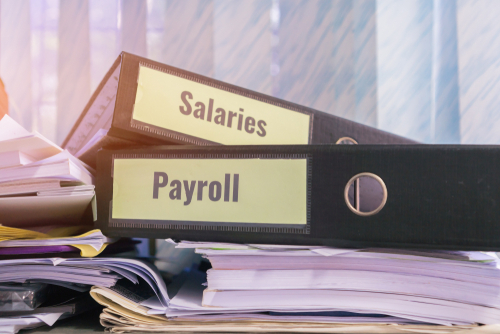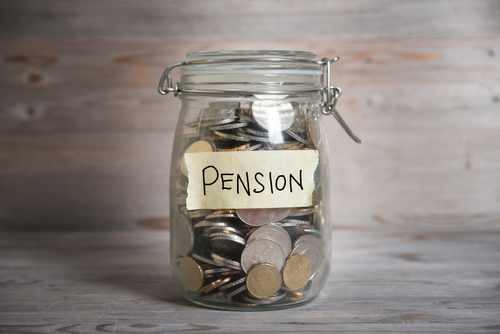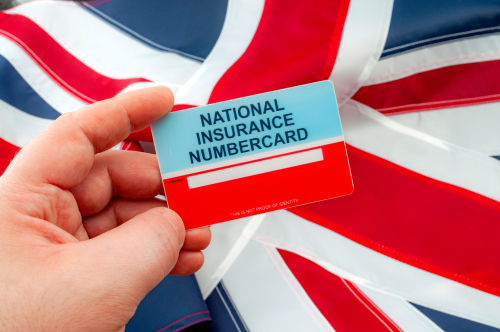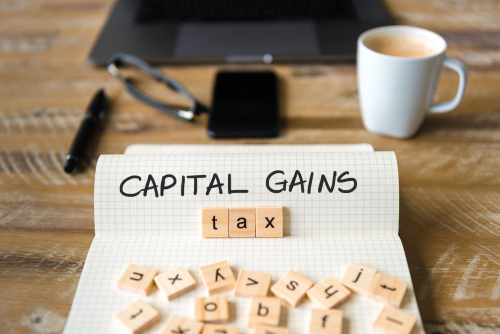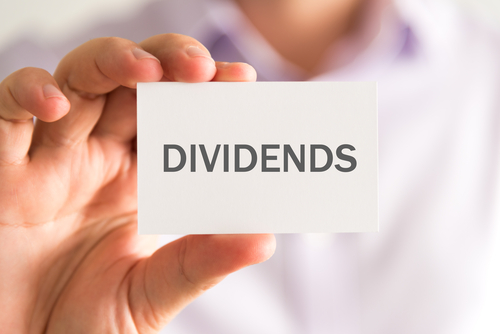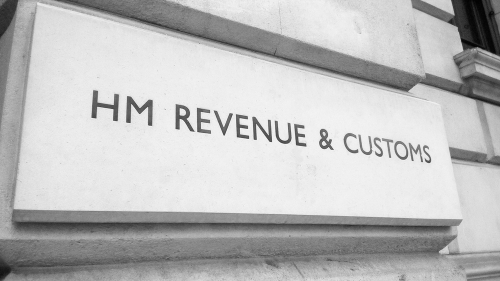
Earlier in the year, it was erroneously reported in the press that new tax rules were coming into force which would mean that anyone selling online would need to tell HMRC and pay tax on their earnings.
There is, however, no change in the tax rules, which apply to online sellers as they do to other traders. However, from 1 January 2024 onwards, digital platforms are now required to collect information on online sellers and their income, and they must report this to HMRC by January 2025. Consequently, online sellers who have previously failed to declare taxable income may now come to HMRC’s attention.
Taxable income and gains
Not everyone selling online will need to pay tax or tell HMRC. This is only necessary if the person is trading or makes a capital gain. A person selling some old clothes on Vinted for less than they paid for them does not need to tell HMRC about their income or pay tax on it.
Trading
A person will normally be trading if they sell goods or services for a profit. The normal ‘badges of trade’ apply to determine whether a trade exists.
An online seller who is trading must tell HMRC about their income if their gross trading income is more than £1,000 in the tax year. This limit applies to all income from trading – not just that from online sales.
The £1,000 trading allowance means that if gross trading income is less than £1,000, the income can be enjoyed tax-free and does not need to be reported to HMRC. If gross trading income is more than £1,000, the trader has the option of deducting the trading allowance or their actual expenses. Where actual expenses are less than £1,000, it will be beneficial to deduct the £1,000 trading allowance instead to arrive at the taxable profit.
If the trader has made a loss from selling online, they may wish to report this, even if their gross trading income is below the £1,000 limit. This will allow them to utilise the loss.
Where income from online selling needs to be reported to HMRC, this is done in the Self-Employment pages of the Self Assessment tax return. New online sellers who have not previously filed a return will need to register for Self Assessment no later than 5 October after the end of the tax year in which their trade commenced (so by 5 October 2024 where they started their trade in the 2023/24 tax year).
Capital gains
An online seller may also need to tell HMRC if they make a chargeable gain. However, the chattels rules mean that a gain on a single chattel only needs to be declared if the proceeds are more than £6,000 and the chattel is not exempt, as is the case for private cars.
